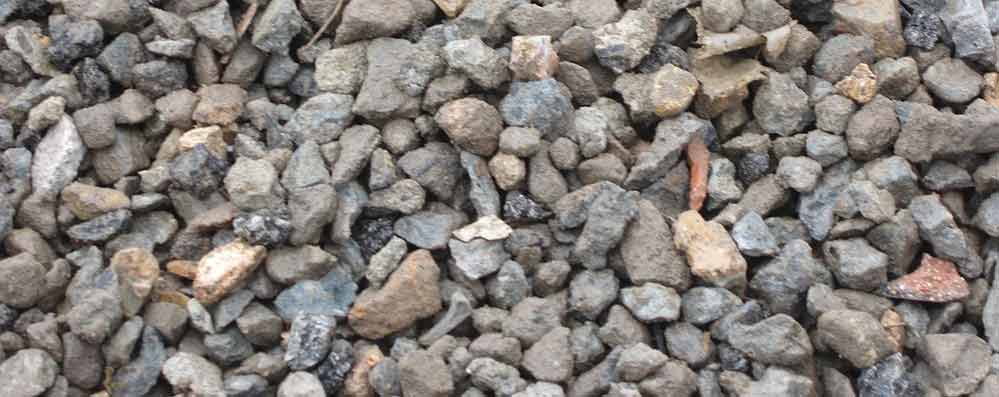Concrete Aggregates
Aggregate is the most voluminous component of concrete. Depending on the desired concrete properties, primarily strength but also durability and other properties, the mass of aggregate in concrete represents about 3.5 (for high-strength) to 7.5 (for low-strength) times the amount of cement used to bind it into a solid concrete composite. This large proportion of aggregate used in concrete calls for the aggregate to possess characteristics that will give both the fresh and hardened concrete the desired engineering properties. Fine and course aggregates, whether natural or artificial, have to be selected to enable adequate workability, compaction and finishability of fresh/plastic concrete, as well as strength, elastic modulus and volume stability, among others, of hardened concrete.
The quality of any aggregate, in addition to its chemical and mineralogical nature, depends on its prior exposure to the environment and during processing. All above factors determine the microstructure of the aggregate at the time of use.
Microstructure of aggregate is of particular interest from the point of view of concrete durability. Surface quality, density, porosity, permeability, and chemical reactivity of an aggregate with paste and pore solution are of particular importance in chemical attack, and are of increasing importance with increasing permeability of the concrete. More often than not, the used aggregate has limited effect on chemical durability of concrete; it is usually the paste quality that controls the chemical resistance of concrete. However, there are cases where aggregate quality may affect the chemical processes of deterioration, an example being the alleged effect of aggregate composition on DEF-type of internal sulfate attack.
Although related to total porosity, the strength of concrete is not, in itself, an adequate measure of durability. Thus, use of “strong” aggregate instead of quality aggregate is not recommended; durable concrete requires not only quality but also an intelligent use of the particular aggregate in a way specific to the structure’s design in the given environment – a systems approach.
